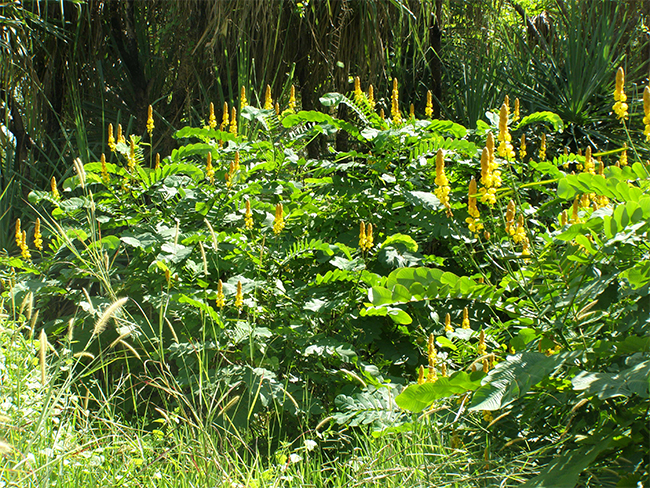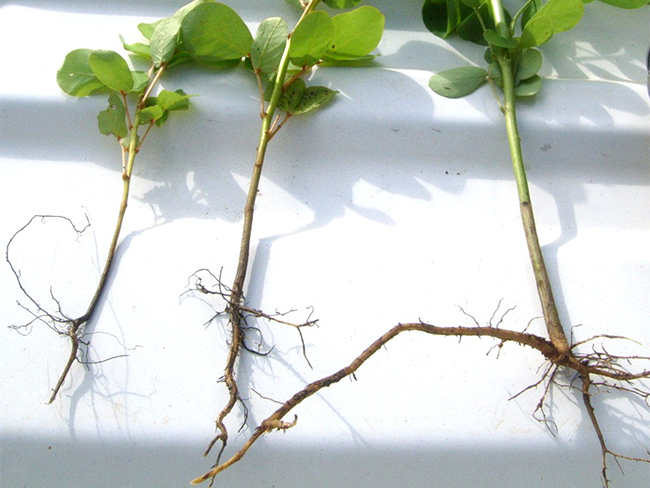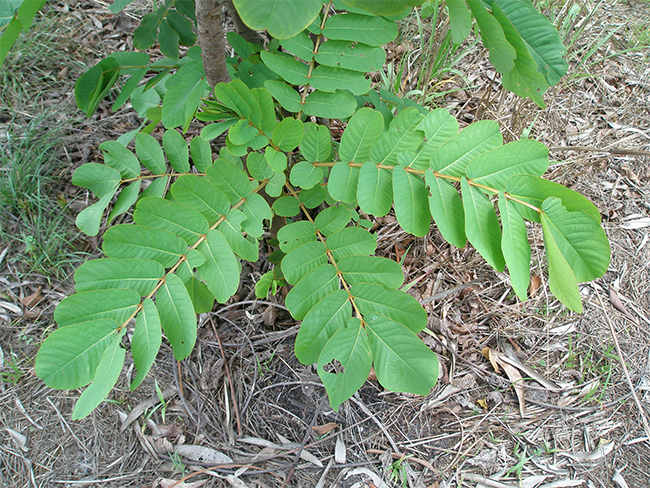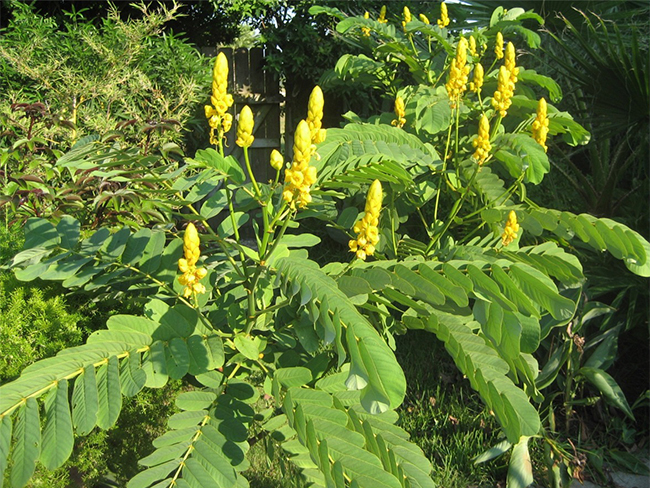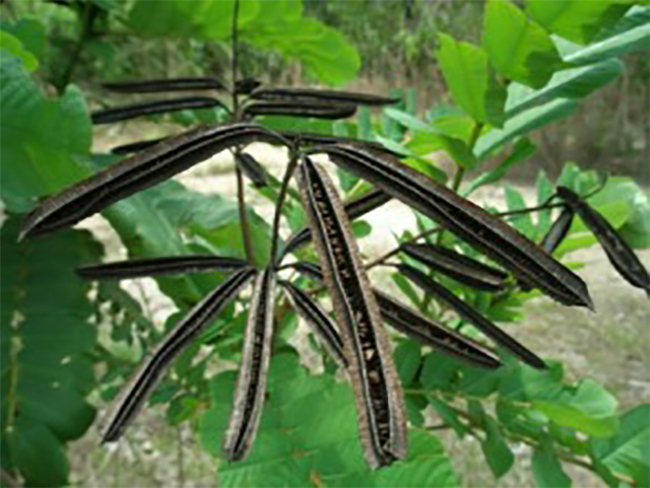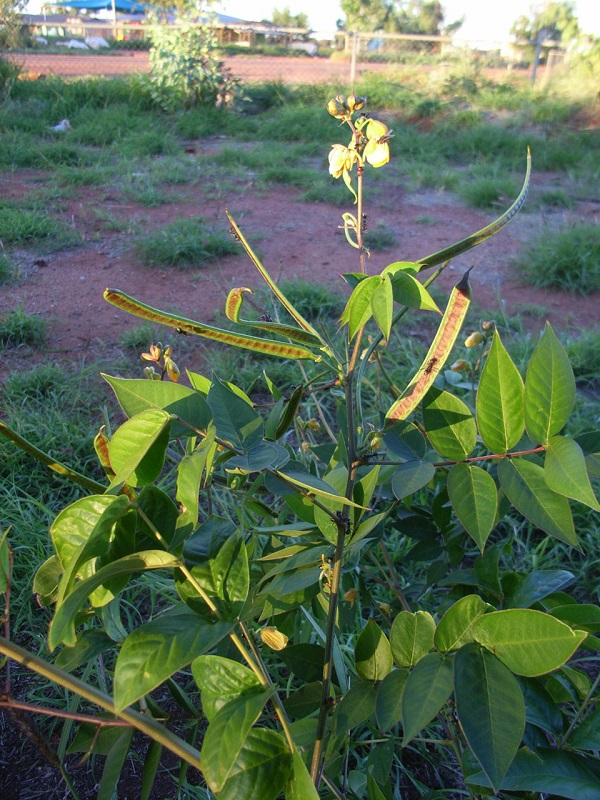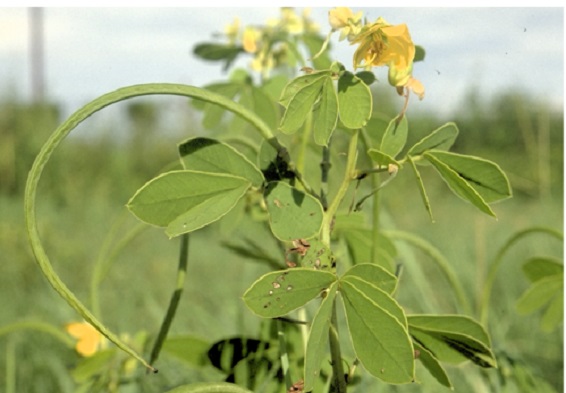Candle bush
Scientific name: Senna alata
Declaration status: Class B
Candle bush, a native of Central and South America, and is now a weed in Africa, tropical Asia and the Pacific region.
It was probably introduced into Australia as an ornamental.
It is widespread in far north Queensland and may become naturalised in Kununurra (WA).
In Darwin it has spread into native bushland in and near coastal regions.
Impact
Candle bush can have all of the following impacts:
- invades native bushland in wetter areas
- forms dense thickets
- impedes access to waterways
- suspected of being poisonous to stock.
Identification
You should use this as a guide. There may be other plants or weeds that look similar.
- up to 4m tall with short, pithy stems
- shallow mat root system
- leaves alternate and can be up to 60cm long
- distinctive candle-like flowers between 2 to 3cm diameter
- between 30 to 60cm long with vertical spikes
- spherical yellow petal balls at the bottom
- scale-like orange petals towards the top
- long, dark brown to black pods grow up from the stem and have two wings
- seeds are dark-grey to black and are triangular.
To find out more, get the candle bush weed note on the Department of Environment, Parks and Water Security website.
If you are unsure, contact the Weed Management Branch.
Similar looking plants
The following plant species look similar to candle bush:
Coffee Senna
Coffee senna is a short-lived perennial shrub that grows up to two metres, has yellow pea-like flowers and brown, bean-like seed pods about 10cm long and 1cm wide. They contain smooth, black seeds. The leaves have an unpleasant smell when crushed.
Sicklepod
Sicklepod is a short-lived annual or perennial shrub that grows up to two metres. Leaves are divided into three pairs with leaflets 2-3cm long. Flowers are pea-like, yellow and have five petals. Seed pods are bean-like and about 10cm long and 1cm wide. They grow downward from the stem and contain flattened, dark brown seeds.
Control
Chemical control
The best time to treat candle bush is from December to April. Below is a list of treatment methods that can be used.
| Chemical and concentration | Rate | Situation, method and notes |
|---|---|---|
| 2, 4-D amine 625 g/L | 320mL / 100 L | Seedling (individuals or infestation) + adult (infestation):
|
|
Triclopyr 240 g/L + Picloram 120 g/L Access™ | 1L / 60L (diesel) | Adult (individuals or infestation):
|
Non-chemical control
Hand pulling and grubbing
Weeds, including their roots, are physically pulled out of the ground by hand or using hand tools.
This is an effective method of control for individual weeds and recent outbreaks that haven’t released seeds yet, but it requires a lot of labour.
Spread
Candle bush seed can be spread via floodwaters, in mud attached to vehicles, machinery and stock, and when animals eat and expel seeds.
Spread prevention
You can prevent the spread of candle bush by doing all of the following:
- map infestations to help develop a management plan
- control minor infestations, isolated outbreaks or seedlings first
- designate wash down areas and actively work to prevent contamination of clean areas
- monitor areas that you have treated and watch for re-infestations.
Give feedback about this page.
Share this page:
URL copied!
